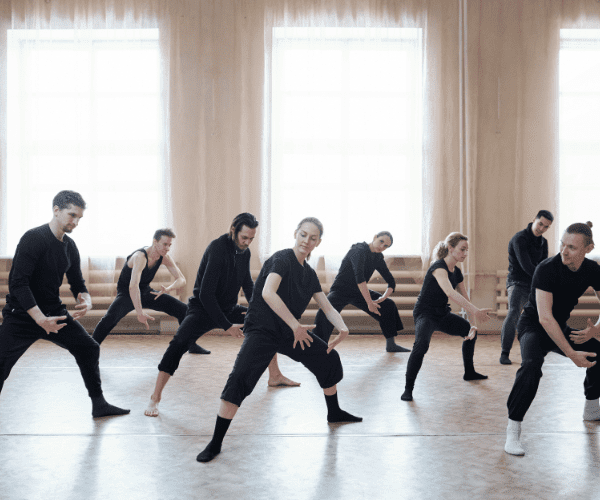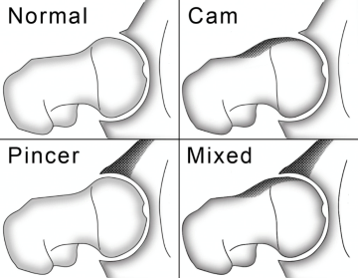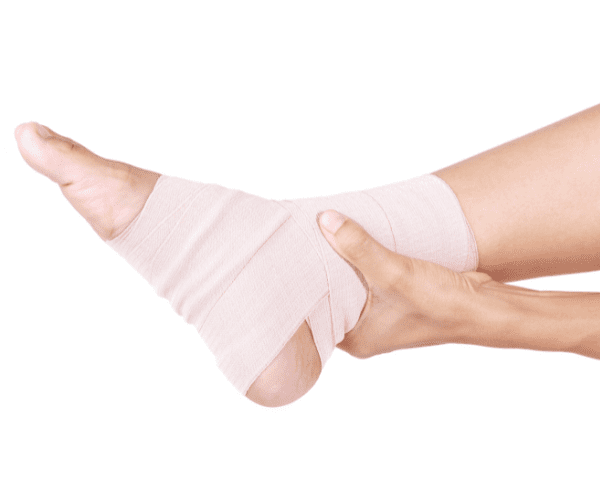Performing arts such as Dance, Ballet and Musical Theatre requires tremendous mobility, strength and endurance. Given the labour-intensive hours of performances as well as the countless hours of training and rehearsals each week, there is no doubt that performers are top athletes!

Performing repetitive and intensive movements for hours a day together with limited recovery between rehearsals or shows, can increase a performer’s injury risk. These injuries can range from an acute injury such as an ankle sprain, all the way to chronic overuse injuries, like Trigger Toe. Therefore, it is not uncommon for Performers to experience pain and injuries!
There are 3 main types of structural impingement;
Cam: With a cam impingement the femoral head is not round and cannot rotate smoothly inside the acetabulum. . A bump forms on the edge of the femoral head and this grinds the cartilage inside the acetabulum.
Pincer: This type of impingement occurs because extra bone extends out over the normal rim of the acetabulum (pelvis). The labrum can also become crushed under this extended rim.
Combined: Both the Cam and Pincer impingement is present

Patellofemoral pain syndrome is an umbrella term used to describe pain arising from the patella (knee cap), the knee joint or the surrounding soft tissue.
Pain is often experienced at the front of the knee and can be aggravated with movements like jumping, plié or stair use.
Many factors can contribute to Patellofemoral Pain, such as; Muscular Imbalances, Spike in training load, Knee Biomechanic Issues and much, much more.

Ankle impingement is the ‘pinching’ of tissues and structures of the ankle. There are 2 types of impingement; anterior (front of the ankle) and posterior (back of the ankle).
Anterior impingement can be caused by repeated dorsiflexion (lifting toes up) as well as osteophytes (small pieces of bone) which can limit the space for soft tissues.
The repetitive motion combined with the entrapment of soft tissues can result in chronic inflammation, pain and loss of ankle range of motion.

Posterior impingement, also known as ‘Dancer’s Heel’ often occurs in athletes who routinely plantar flex (point toes down), such as when performing pointe position.
This type of ankle pain can be chronic and results in impingement of the soft tissue and bone at the back of the ankle. Furthermore, an os trigonum (an extra bone that sometimes develops behind the ankle) is one of the most common causes of posterior impingement.

Achilles tendinitis, now commonly referred to as tendinopathy, is localised pain in or around the tendon. This injury is most commonly due to overuse and/or a spike in training load which results in degenerative changes and inflammation of the tendon.
Achilles tendinopathy may present as stiffness and pain, which may feel better when warmed up. Altered biomechanics of the foot (eg. overpronation) is also thought to be a risk factor for developing Achilles tendinopathy.

Ankle sprains are one of the most common acute injuries in performers. This injury occurs when the ankle joint is forced outside of its normal range of motion, resulting in overstretching or tearing of the surrounding soft tissue.

Lateral ankle sprains are most common and occur when body weight is shifted outside the lateral side of the foot causing the ankle to roll outwards whilst the foot rolls inwards.
Studies have reported that when a ligament tears or is overstretched, it’s previous elasticity and resilience rarely returns. Which is why it is vital to perform a thorough rehab programme to improve ankle strength and motor control to avoid re-injury as well as improving performance.

Dancer’s Tendinopathy, also referred to as Flexor Hallucis Longus (FHL) Tendinopathy, is an injury that results from repetitive Plantarflexion and Dorsiflexion (pointing and flexing) of the foot.
FHL is a muscle that starts at the back of one of the shin bones and runs along the bottom of the foot and attaches to the big toe. This muscle is responsible for flexing the big toe and assists in ankle flexion (pointing toes downward).

